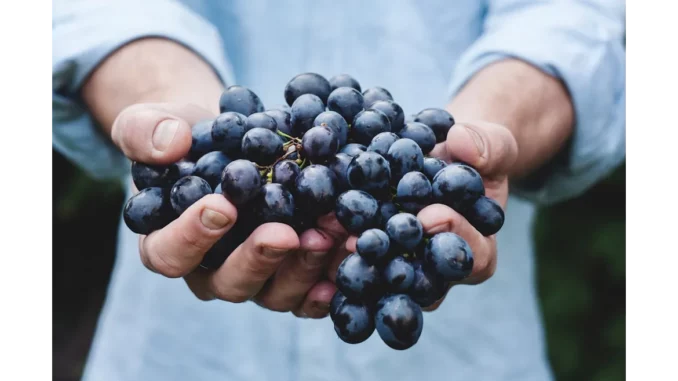
The Art of Aging: Evaluating Your Vintage Wine
Wine, much like a cherished piece of art, represents an investment of both time and money. However, unlike art, wine is destined for consumption, and its quality can diminish if not properly preserved. For those harbouring vintage bottles, the question often arises: is it still drinkable? Here, we offer expert guidance on determining whether your treasured vintage is still a delight to savour or if it’s time to bid it farewell.
The Science Behind Wine Aging
Understanding the aging potential of wine is fundamental. Not all wines are crafted for longevity. Typically, most are designed for consumption within a few years post-bottling. Yet, select varieties, such as fine Bordeaux, Burgundy, and Sauternes, possess the potential to evolve gracefully with age, developing intricate flavours and aromas. The aging process is a delicate dance of chemical reactions occurring slowly over time, enhancing the wine’s profile when stored under optimal conditions.
The Importance of the Cork
The cork serves as the sentinel for your wine, safeguarding its integrity. According to wine preservation experts, a healthy cork should remain moist and pliable, ensuring a tight seal. A dry or crumbly cork signals potential air ingress, leading to oxidation. This exposure can impart stale, nutty flavours reminiscent of Sherry. A crumbling cork upon opening is a cautionary sign that merits attention.
Visual Cues: Inspecting Your Wine’s Appearance
Before uncorking, scrutinise the wine’s colour. Red wines may lose their vibrant hue, adopting a brownish tint with age, while whites might deepen to an amber shade. While some colour change is natural, particularly in mature wines, pronounced browning suggests oxidation. Sediment in red wine is not necessarily a cause for concern and is expected in older vintages; however, it should be decanted to avoid bitterness.
The Sensory Experience: Aroma and Taste
When the bottle is opened, the aroma provides the first sensory clue. A fresh wine will exude a pleasant bouquet, whereas an oxidised one may smell musty or vinegary. If the aroma is off-putting, the wine is likely past its prime. Tasting is the definitive test. A well-aged wine should offer a balanced, harmonious palate with integrated tannins and acidity. A flat, sour, or overly sharp taste indicates it may be time for disposal.
The Crucial Role of Storage Conditions
Storage significantly influences a wine’s aging trajectory. Ideal conditions include a stable temperature around 13°C (55°F), high humidity, and darkness. Wines should rest on their sides to maintain cork moisture. If your wine has faced temperature fluctuations or has been stored upright, its aging process may have been adversely affected.
Deciphering Ullage
Ullage, the gap between the wine and the cork, provides insight into the wine’s condition. Some evaporation is expected as wine ages, but excessive ullage may indicate a compromised seal. A wine level significantly below the neck could suggest air ingress, potentially spoiling the wine.
Embracing Bottle Variation
Even with pristine storage, bottle variation can occur, especially with older vintages. Natural corks may allow varying oxygen levels into each bottle, resulting in differences in how wines age. Thus, one bottle from a case might be perfect while another less so.
The Adventure of Wine Tasting
Uncorking an aged bottle is a gamble, yet it embodies the thrill of wine collecting. If uncertainty surrounds a bottle, consider hosting a tasting with friends. This experience can be a captivating exploration of the wine’s history and evolution. Even if the wine isn’t flawless, it offers an opportunity to learn and appreciate the moment. Cheers to the journey and the stories within each bottle!


Be the first to comment